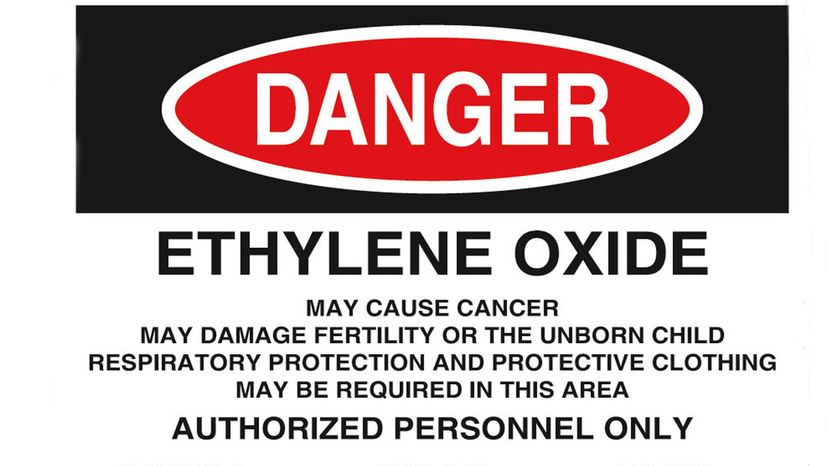
Most of us are aware of the potential cancer-causing substances (aka carcinogens) that we should steer clear of. Asbestos, for example, is known to cause cancer of the lung, larynx and ovaries, as well as mesothelioma.
But residents in two Georgia cities have become aware of a relatively unheard-of carcinogen called ethylene oxide. That's because a WebMD story broke the news in early July 2019 that ethylene oxide was being pumped into the air in surrounding neighborhoods by three medical sterilization plants, two operated by Sterigenics in Smyrna (in metro Atlanta) and one by BD Bard in Covington, Georgia.
Advertisement
WebMD reported that the Environmental Protection Agency (EPA) began a 10-year study on how ethylene oxide affects human health — in 2007. The results weren't good. In its 2016 report, the EPA determined ethylene oxide causes cancer. And the EPA's latest National Air Toxics Assessment (NATA), which was released in 2018, identified five areas in Region 4 (the Southeast) where the risks of cancer were higher due to exposure to ethylene oxide.
But the EPA decided not warn residents in these areas. The EPA report came as a shock to many Atlanta residents who'd never been informed of the local environmental threat, let alone even heard of the carcinogen in question.
"We were stunned to hear that we've been living right in the midst of this lethal cloud for 12 years," says Lisa Jonas, who lives just south of Smyrna. Her neighborhood is in Fulton County census tract 97, which has the third highest level of ethylene oxide in Fulton County, and the fifth highest in Georgia. "I was diagnosed with breast cancer three years ago. It's very scary. We are furious that we have been kept in the dark all this time."
Advertisement


